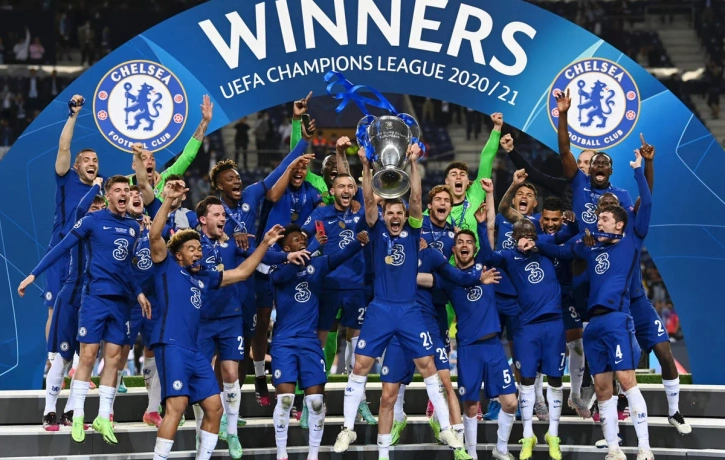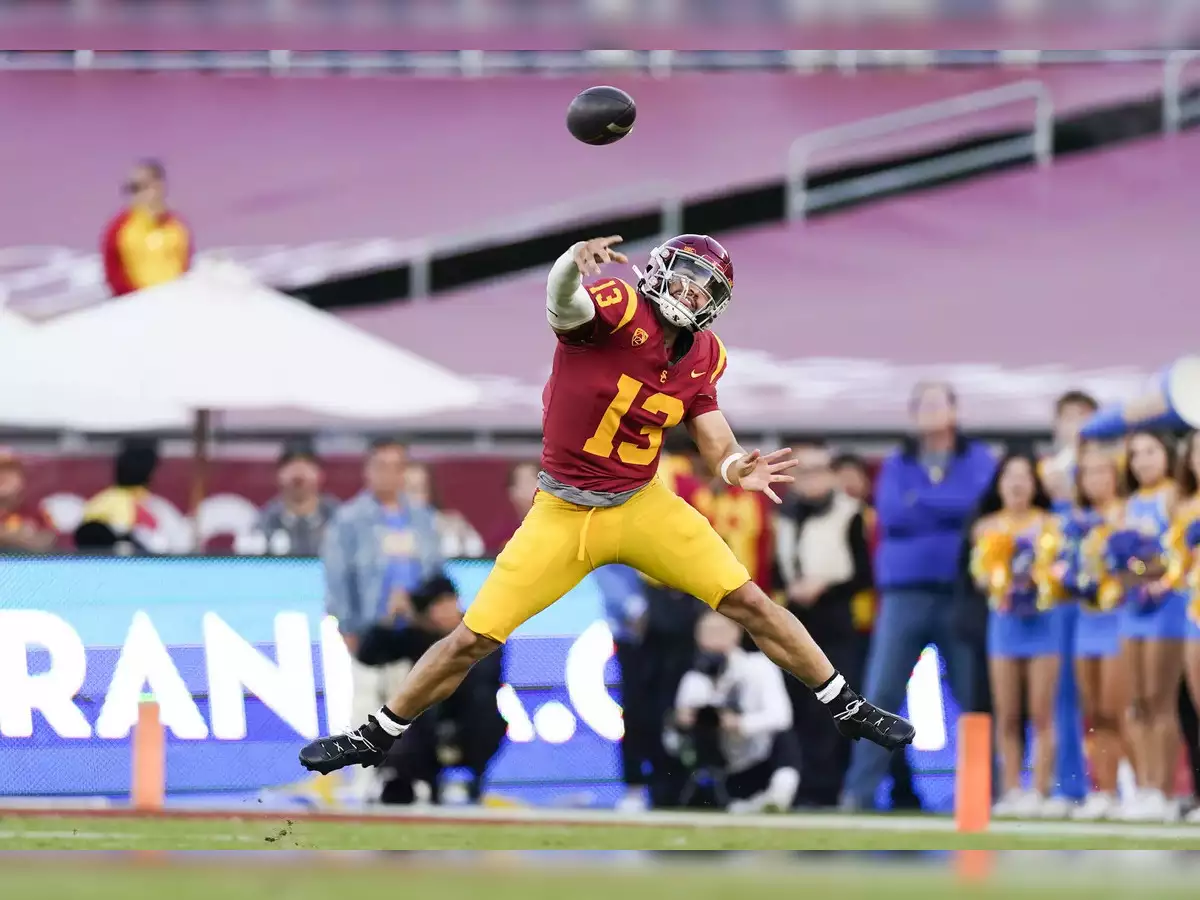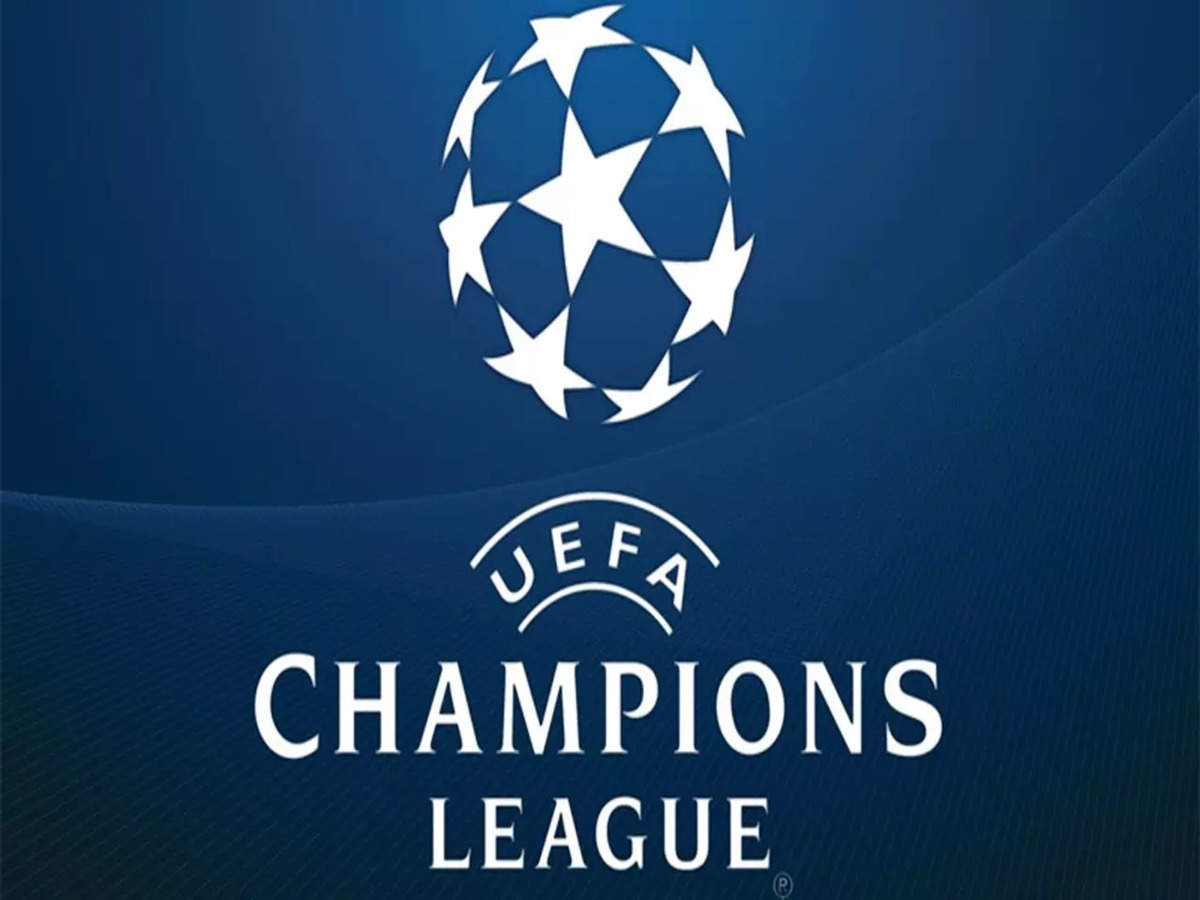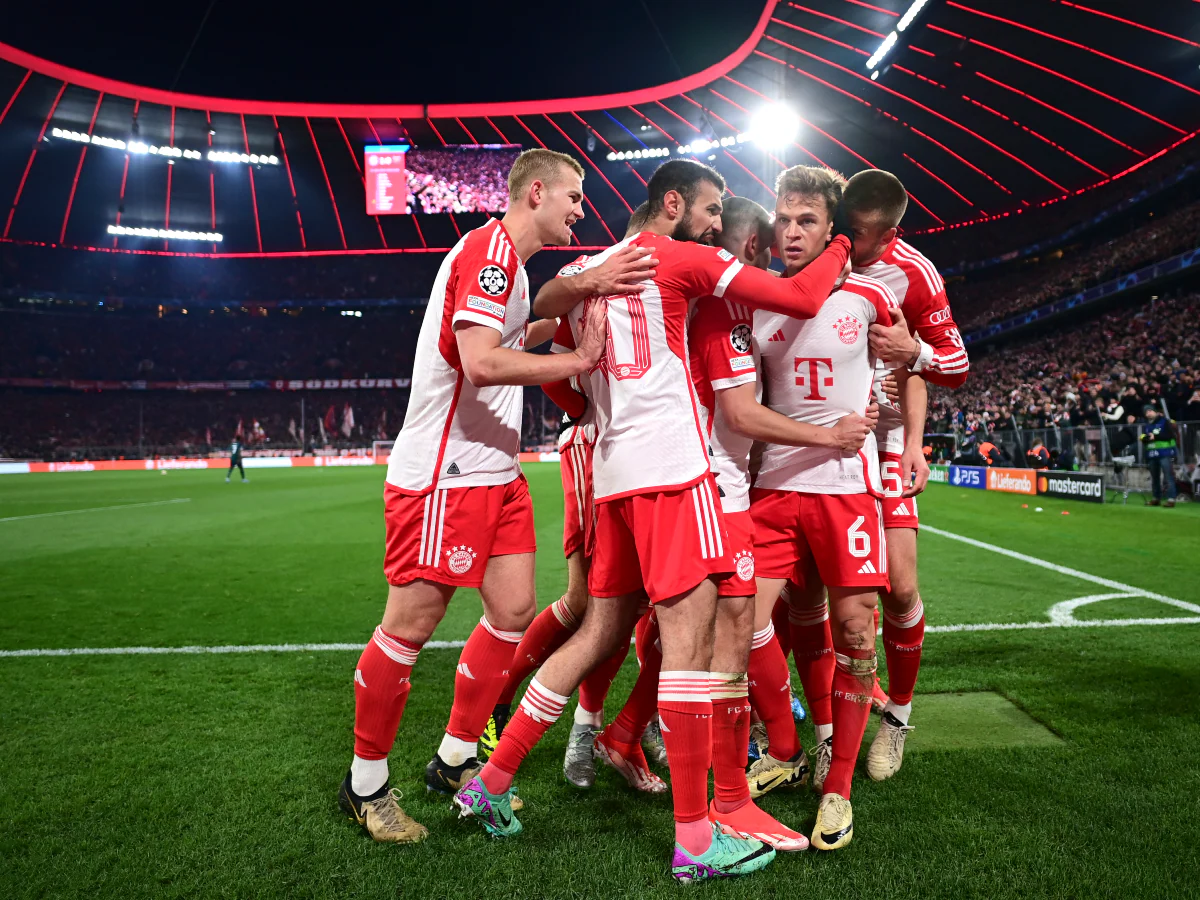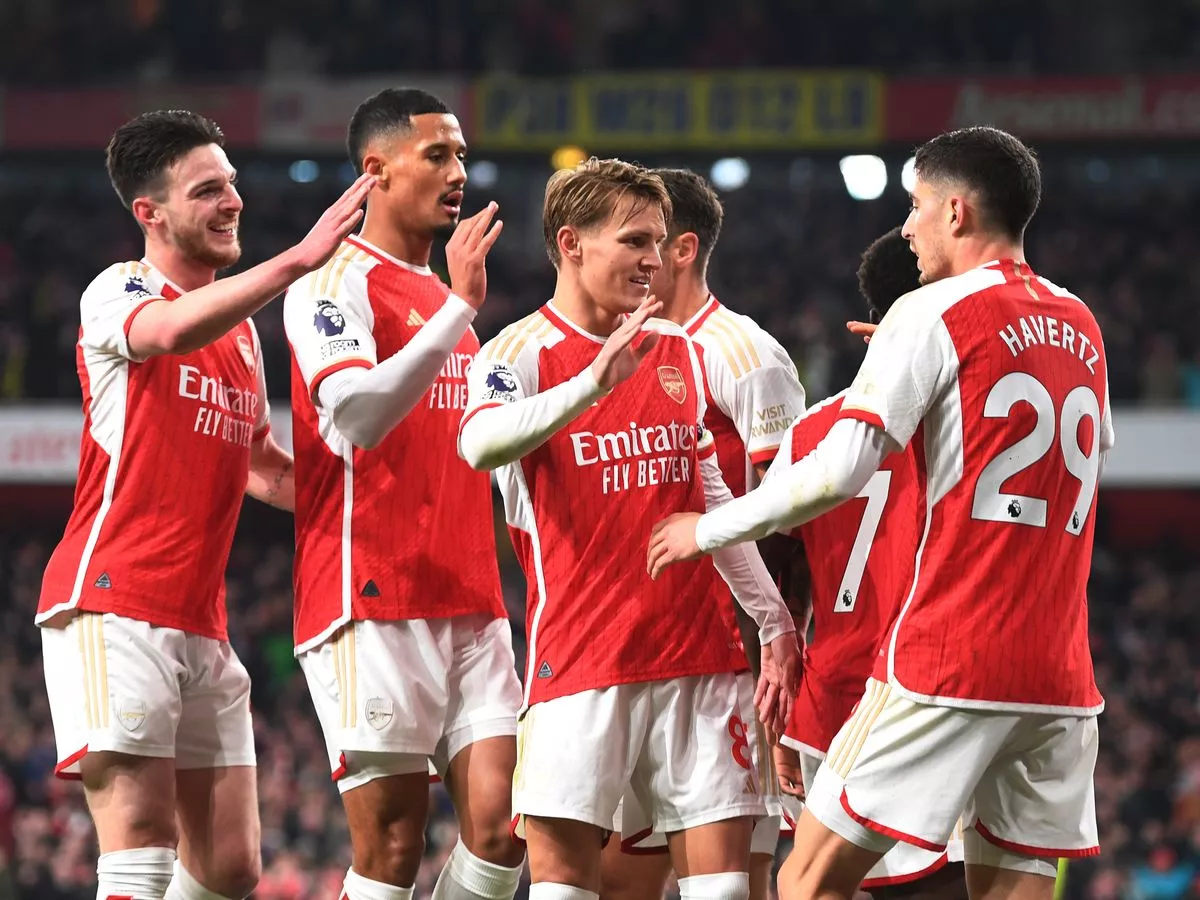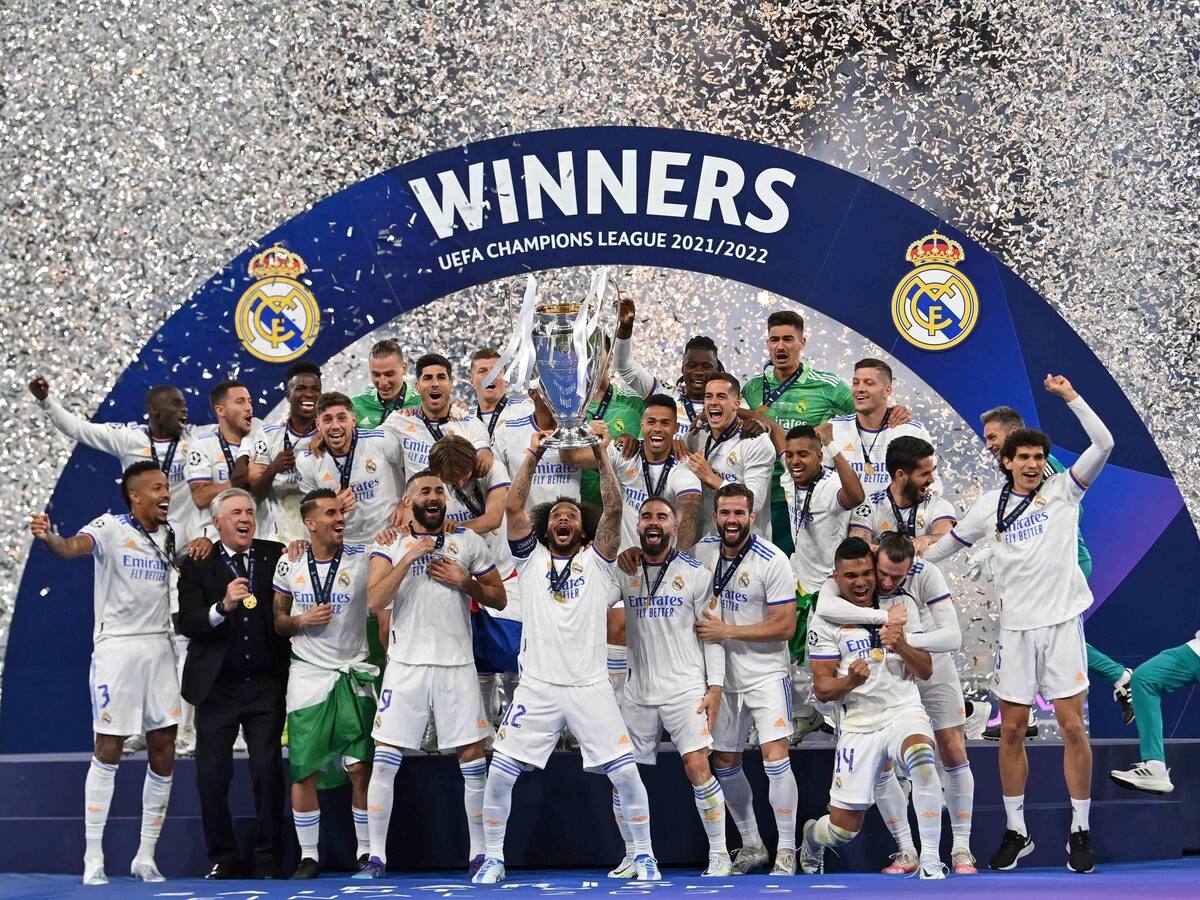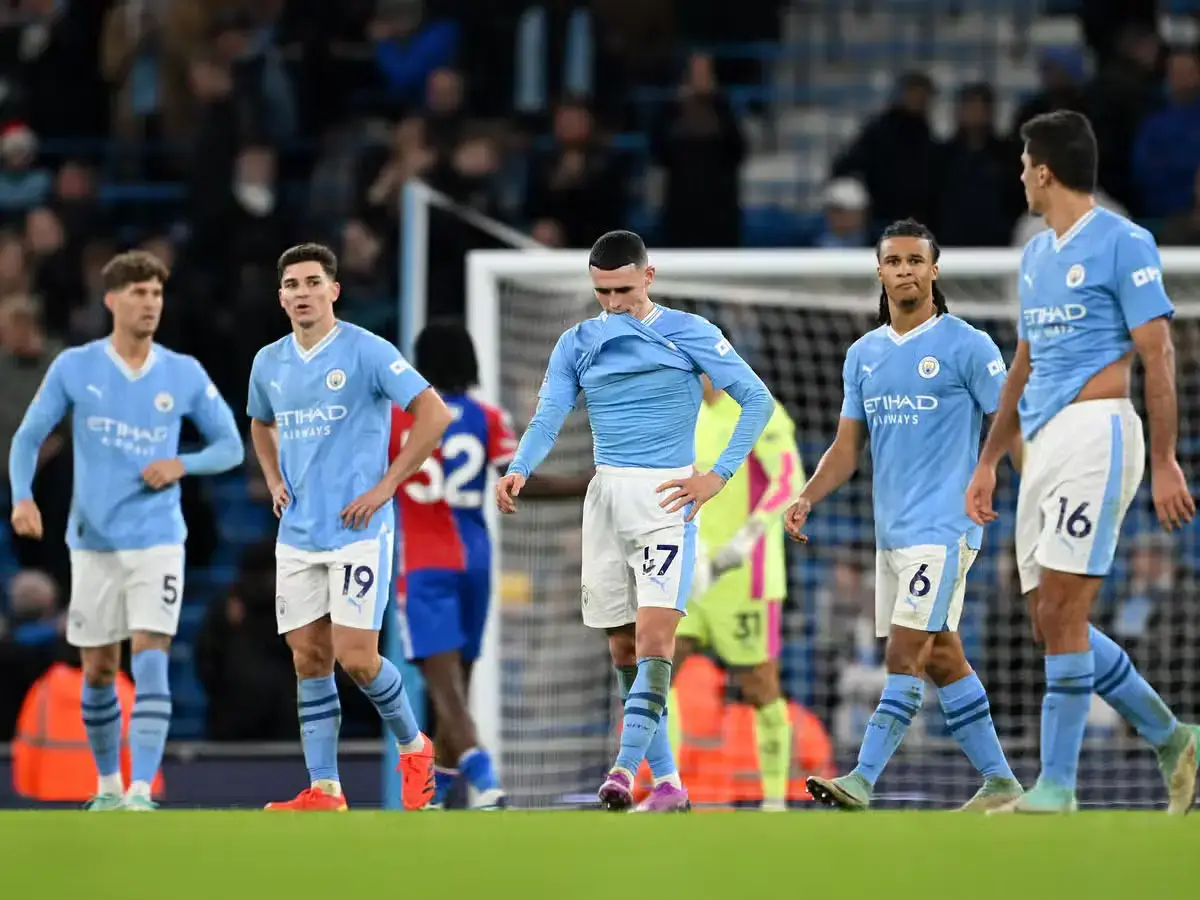Introduction
Chelsea FC is a huge London team with a long history dating back to 1905. They have won numerous Champions League and Club World Cup championships, and they rule the Premier League. Chelsea has established itself as a major force in Europe by becoming the first English team to win all three of the pre-1999 European trophies.
History
Founding and early years
Chelsea FC was established in 1905 and progressed through the ranks fast, drawing big audiences and notable players. However, the team’s early years were characterized by divisional oscillation and near-misses for titles.
Modernisation and the first league championship
Chelsea FC modernized under managers Ted Drake and Tommy Docherty, winning their first League title in 1955. In the 1960s, they began to compete for prizes, winning the FA Cup in 1970 and the Cup Winners’ Cup in 1971.
Redevelopment and financial crisis
In the 1970s and 1980s, Chelsea struggled financially and was relegated; however, a court case preserved their stadium, and a string of prosperous managers in the 1990s brought back trophies, including the FA Cup and Cup Winners’ Cup.
Abramovich era
The Chelsea years under Abramovich (2003–2022) were trophy-rich. Large-scale acquisitions resulted in Premier League and Champions League victories but also monetary losses. The conflict in Ukraine caused the team to experience controversy and a change in ownership.
BlueCo era
Since 2022, Chelsea has been owned by Todd Boehly. They had a difficult 2022–2023 season, finishing last and scoring a record-low amount of goals.
Stadium
Since the club’s founding, Stamford Bridge, home of Chelsea, has served as its exclusive location. When it first opened in 1877, it was mostly utilized for athletics. Later, Gus Mears bought it to use for football games. One of England’s biggest stadiums, Stamford Bridge was built by famed architect Archibald Leitch and originally held a capacity of 100,000. The site has seen numerous additions and modifications over time, including ideas for a contemporary stadium with 50,000 seats in the 1970s. Chelsea’s stay at Stamford Bridge was guaranteed by the stadium’s renovation, despite obstacles. Recent proposals for additional expansion, however, have encountered difficulties due to unknown future developments.
Identity
Crest
Over time, Chelsea’s crest has changed. The original design included a Chelsea Pensioner, but in 1953 a blue lion clutching a staff took its place. For the club’s centennial in 2005, the original lion crest was reintroduced, replacing the more contemporary one that had the C.F.C. initials in 1986.
Colours
About 1912, Chelsea’s royal blue shirts took the place of their original pale Eton blue shirts. They embraced a more contemporary style in the 1960s when they wore blue shorts and white stockings, which they have mostly stuck with. Kits for going away have varied from all-white or yellow to sporadically black or dark blue.
Songs and fan chants
In the UK Singles Chart, “Blue is the Colour,” which was released prior to the 1972 League Cup final, peaked at number five. “No One Can Stop Us Now” and “Blue Day,” two other Chelsea songs, peaked as well. Fan shouts during games include “Carefree” and “Super Chelsea.”
Support and Rivalries
Chelsea has a sizable following in Greater London and beyond, as well as widespread international support. Crowd unrest, albeit historically linked to hooliganism, has dramatically declined during the 1990s. Arsenal, Tottenham Hotspur, and Leeds United are among the rivals Liverpool has become a noteworthy new opponent.

